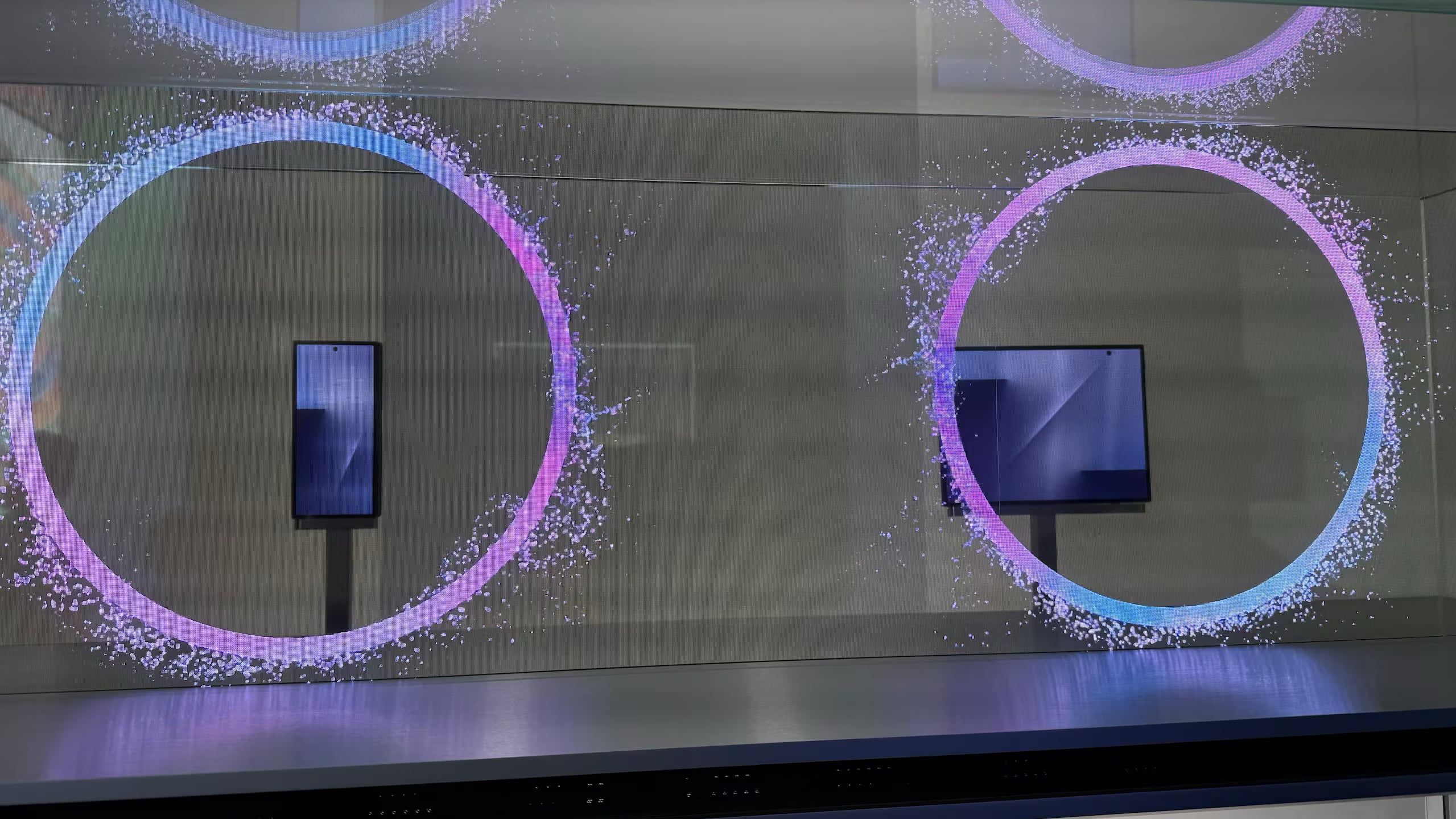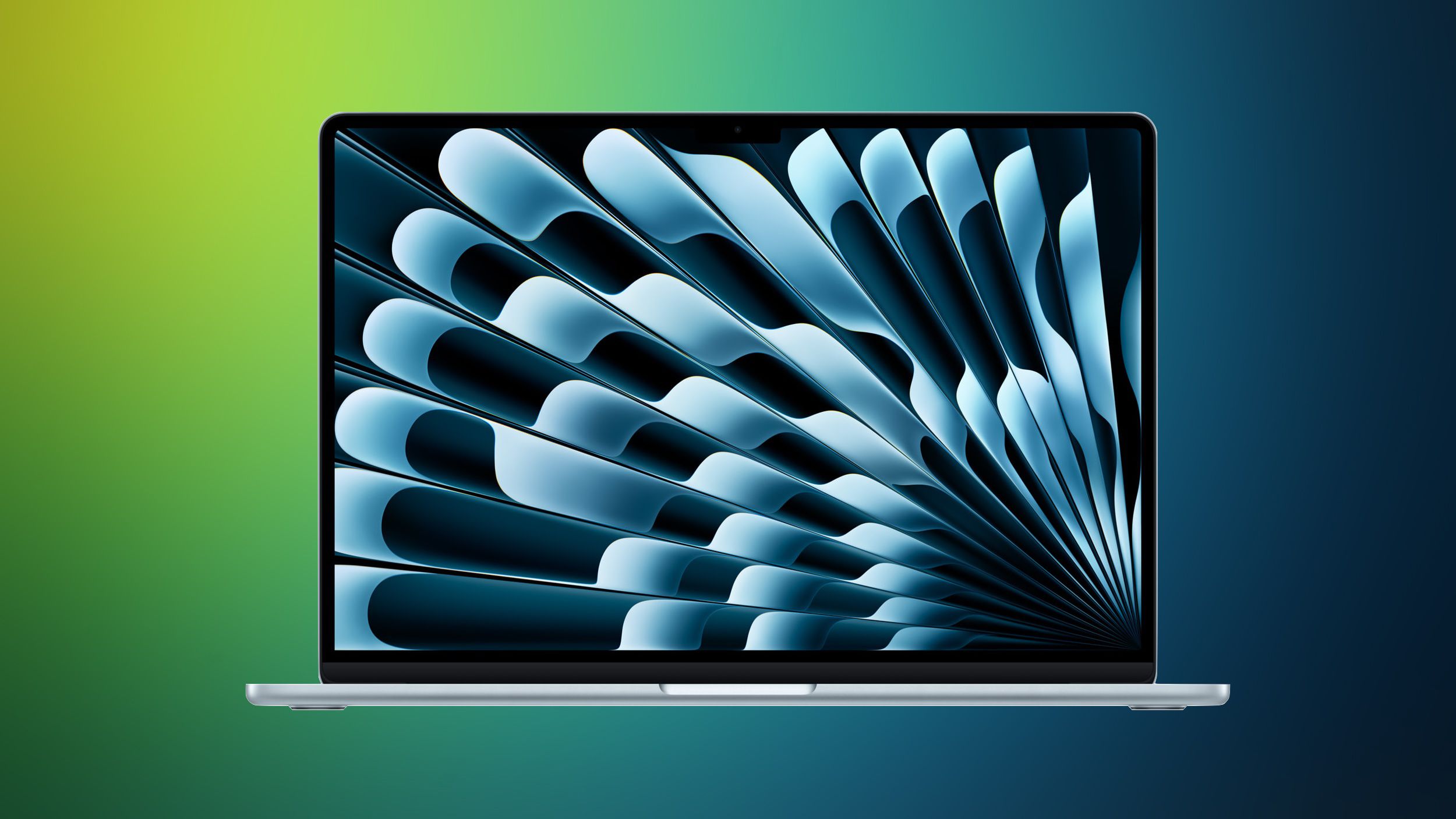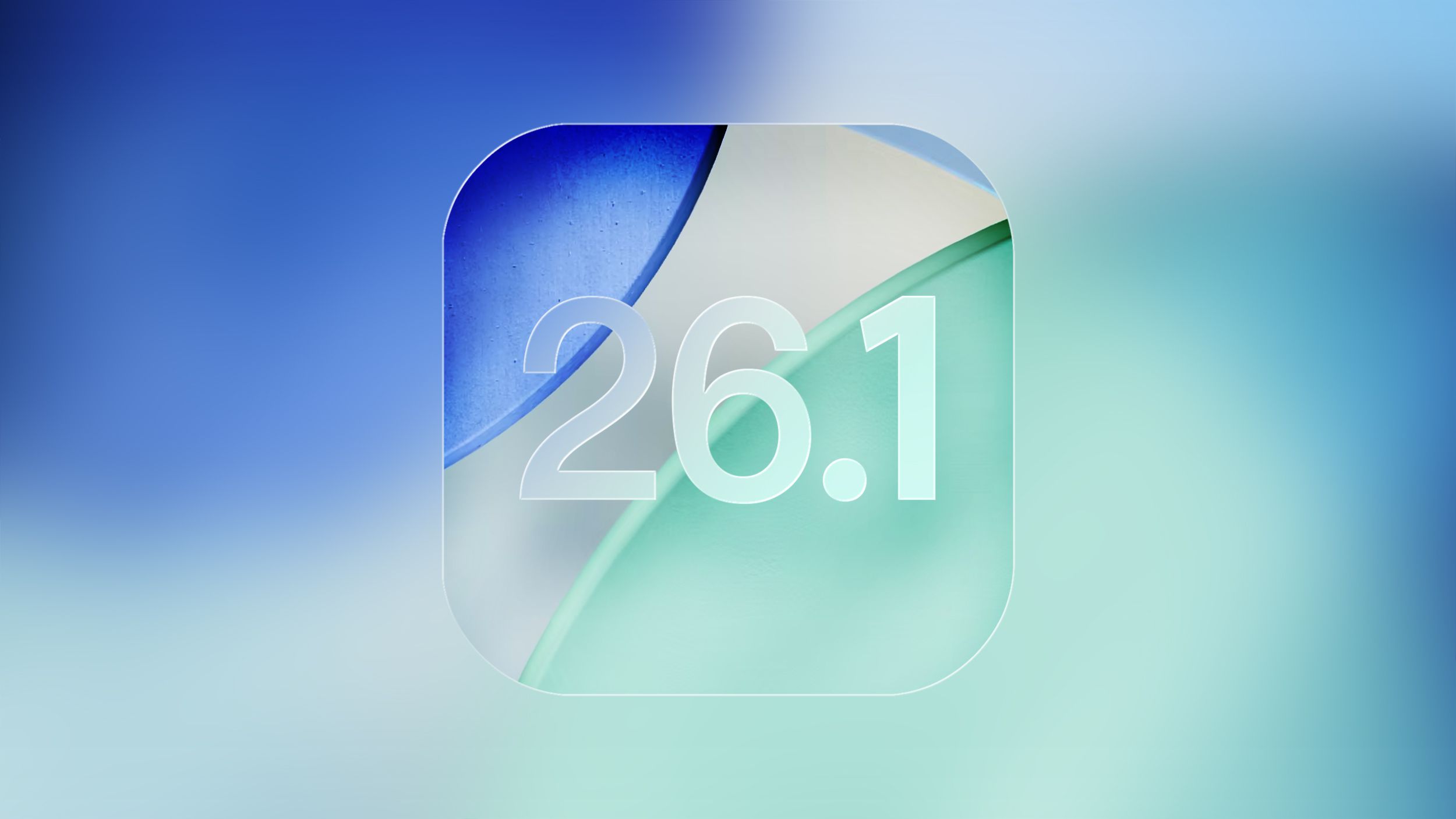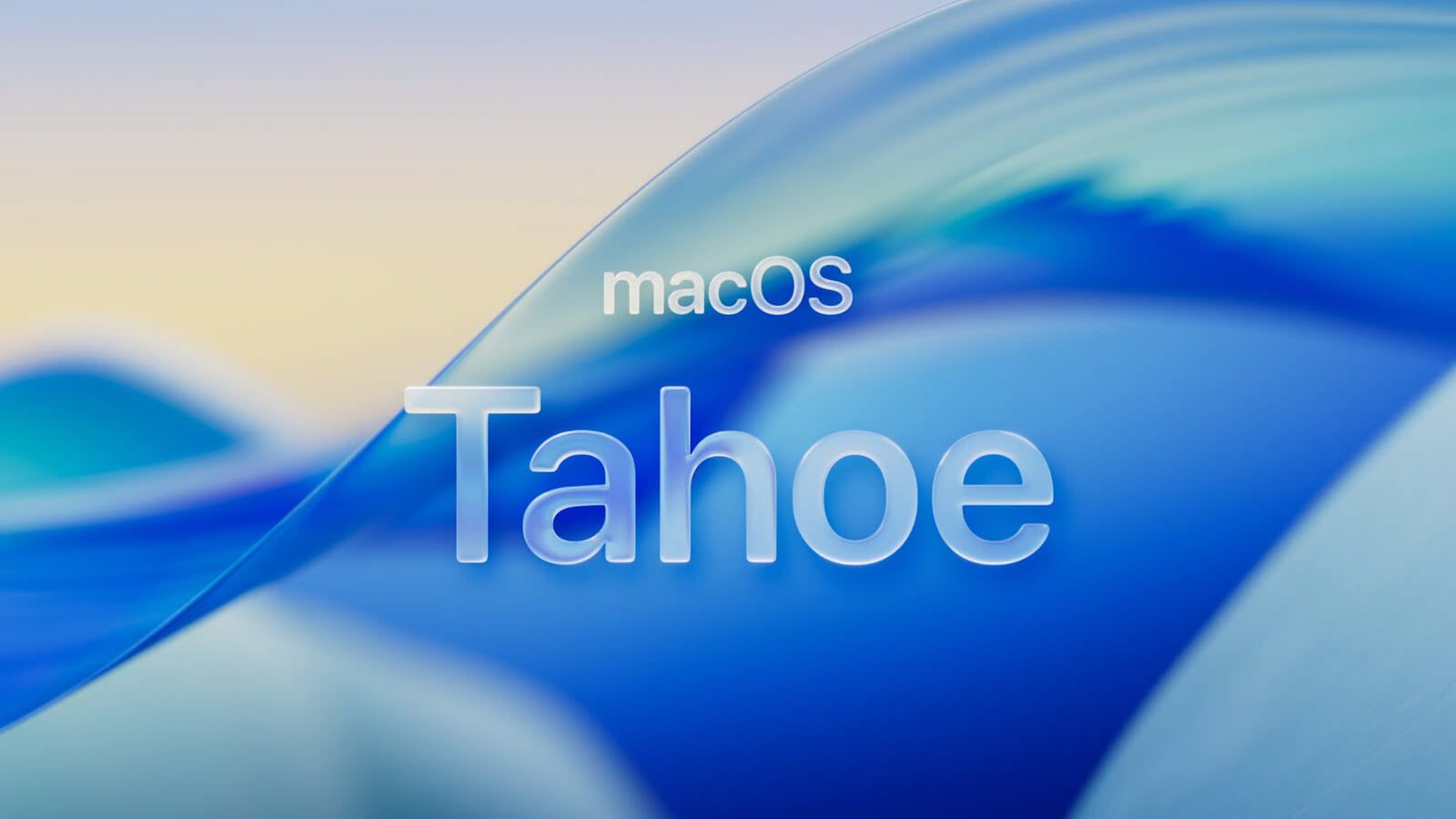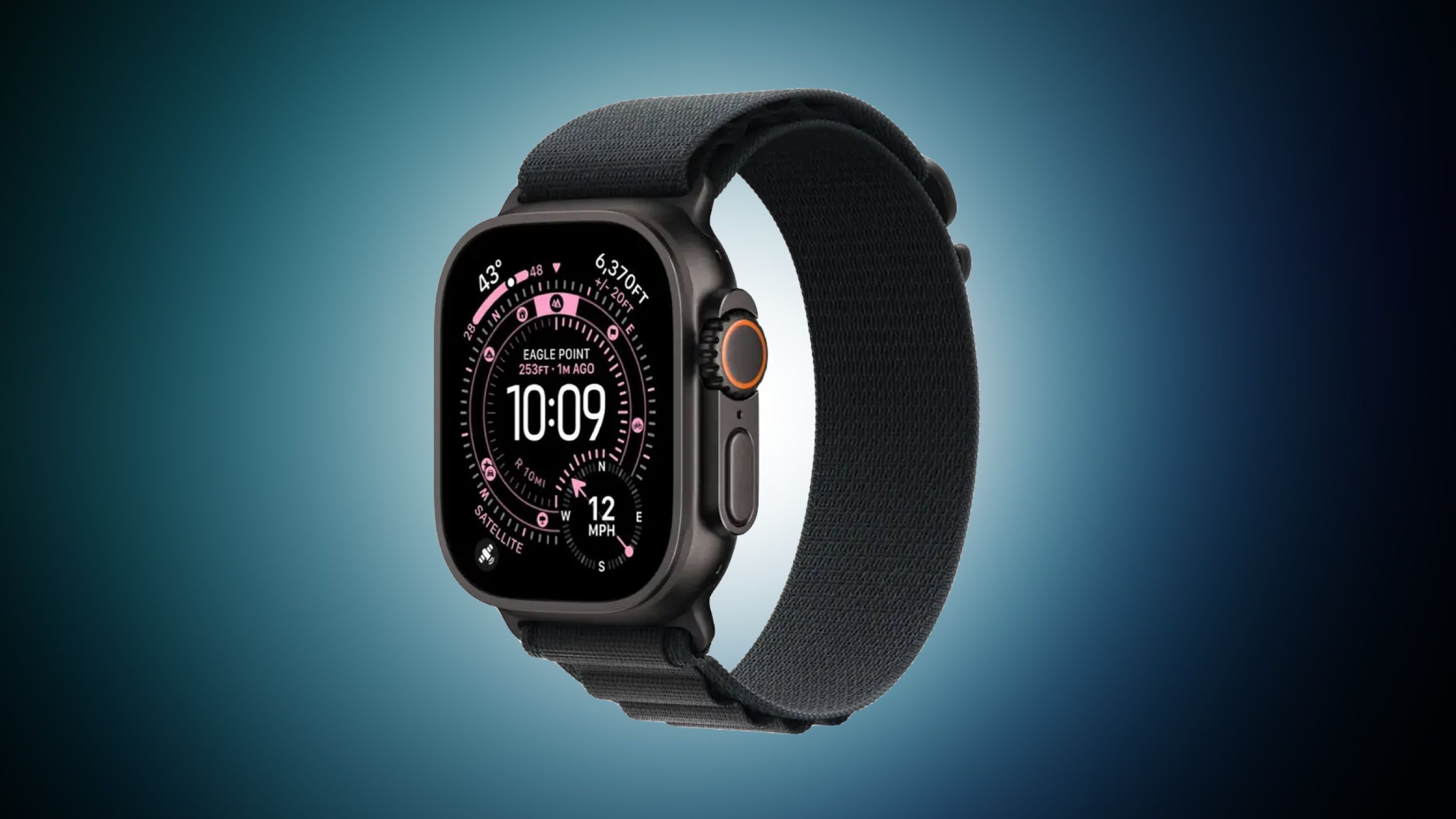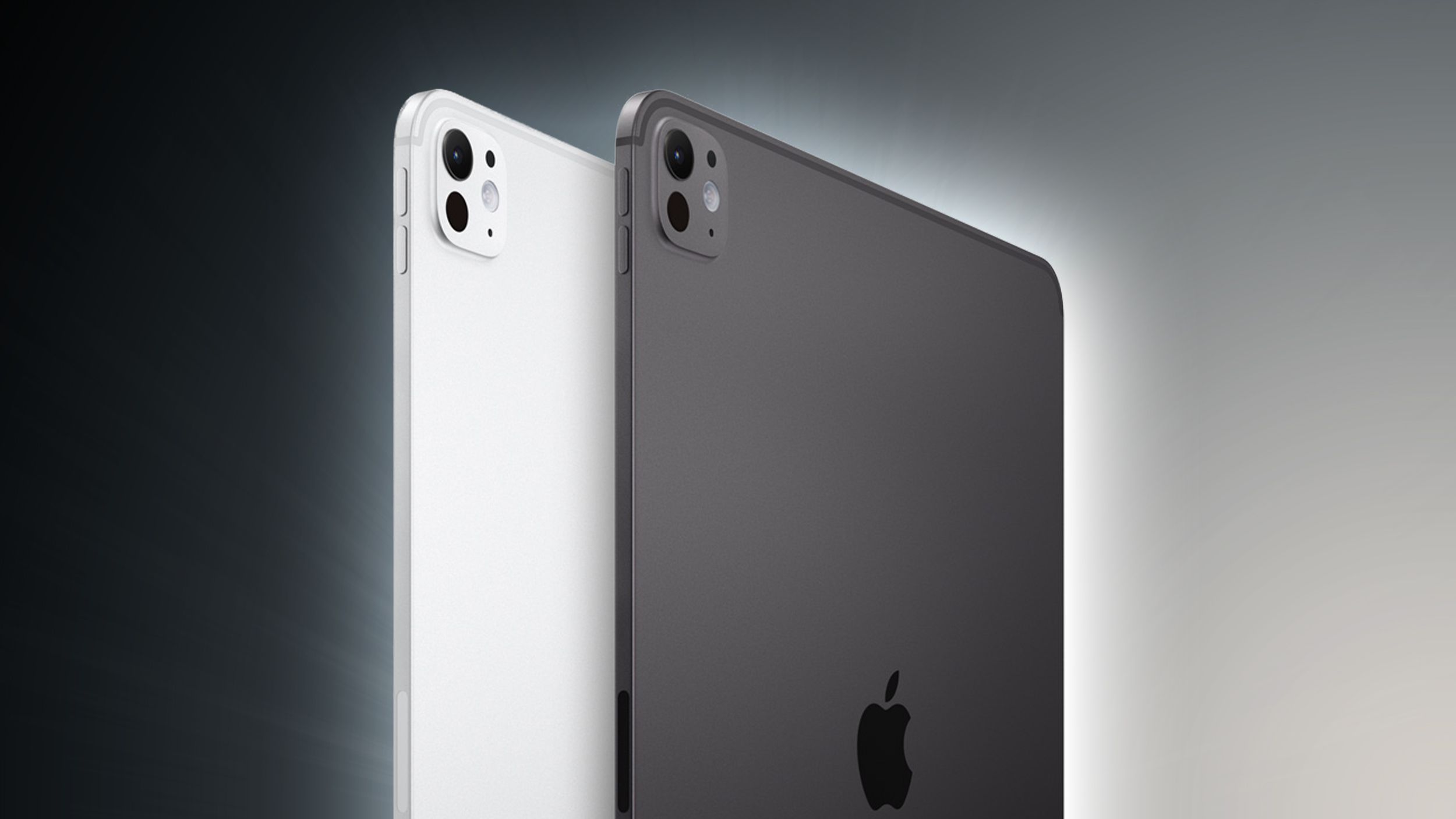Viennese firm Incus is showcasing the new Hammer Pro25.That system is meant to be a scalable Slurry SLA unit created for continuous manufacturing.The company says that it has a throughput of 980 cm3/h of parts.
After building, the printer can push out parts while also refilling itself with resin.The printer has a 25 μm resolution using two scrolling heads.The build volume is 200 × 204.55 × 140 mm, and the printer has a layer thickness between 10 and 100 μm.
The benefits of the system are lower cost per part and “MIM-like quality.” Hammer Pro25.Incus CEO Gerald Mitteramskogler said, “With the Hammer Pro25, we are empowering manufacturers to scale up additive manufacturing with unprecedented reliability and efficiency.The system’s combination of precision and automation provides true industrial capability, while its surface finish drastically reduces the need for costly post-processing.” That final point is a very good one.
If we’re looking at medical instrumentation, fasteners, keyhole surgery components, dental components, heatsinks, valves, and more, quality is important, but so is cost.In reducing post-processing steps or time, Slurry SLA can have decided advantages.Hammer Pro25.
Of course, the process is multi-step anyway, so there are plenty of steps to contend with.Highly productive SLA printing, coupled with sintering, can yield very low-cost parts.If the Slurry SLA components are well-made, incredibly smooth parts with good detail are possible as well.
In cases where this matters, this technology is especially viable.Where internal channels are required, Slurry SLA will tend to outperform binder jet and indirect technologies (casting from 3D printers through investment or lost wax) as well.All of these technologies are more cost-effective than LPBF in these smaller parts, too.
Small heat management or industrial handling applications are, therefore, prime areas for this machine and this technology.In medical components and small industrial components, geometry is often the deciding factor of Slurry SLA versus binder jet.In one material or at one volume, one or the other could make more sense in each business case.
This means the Hammer Pro25 could find homes on many concrete or, indeed, polyurethane mortar floors worldwide.But this wide net also has its drawbacks, because you cannot tell in advance which homes will be fruitful.It’s kind of like the Ukulele or Millwall FC: it’s not for everyone, but those who have made the choice seem exceedingly happy with it.
It can be very difficult to market a product to an unknown market.Furthermore, these kinds of parts tend to be intricate and needed as part of a larger component.These types of components are key to a manufacturer’s success, while the fact that they are 3D printed tends not to move the needle on selling more keyhole surgery robots, for example.
So it’s important things that are being made with Slurry SLA, but not the kind of thing that you’ll put out a press release for.Worse still, they’ll be the type of part that you’d want to protect via IP or trade secrets.And that’s yet another reason why people don’t talk about Slurry SLA, and its success is more limited than it could be.
But even with these constraints, it remains a highly productive technology, producing many thousands of end-use parts.Incus’ continued development and efforts in this area show that Slurry SLA is among additive’s best-kept secrets.All images courtesy of Incus Subscribe to Our Email Newsletter Stay up-to-date on all the latest news from the 3D printing industry and receive information and offers from third party vendors.
Print Services
Upload your 3D Models and get them printed quickly and efficiently.Powered by FacFox
Powered by 3D Systems
Powered by Craftcloud
Powered by Endeavor 3D
Powered by Xometry
3DPrinting Business Directory
3DPrinting Business Directory


